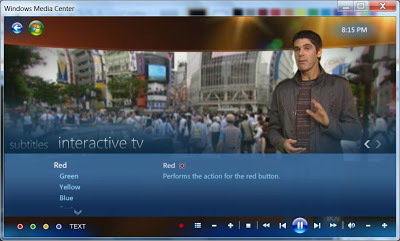-
Upgraded TFS 2010 from RC to RTM
For some reason I'd overlooked the fact that the instance of Team Foundation Server I was running on my Hyper-V server was still the release candidate instead of the RTM version. Upgrading turns out to be relatively painless. I followed Johan's suggestions. To backup the data-tier I fired up sqlcmd and ran the following:
BACKUP DATABASE Tfs_Configuration TO DISK = 'Tfs_Configuration.bak'
GO
BACKUP DATABASE Tfs_DefaultCollection TO DISK = 'Tfs_DefaultCollection.bak'
GO
I uninstalled just the TFS component, then ran setup.exe off of the RTM and after allowing the setup to proceed, chose the 'upgrade' option. It's nice to see that they ask you to confirm that you have done a backup before the upgrade can continue. Coincidentally, like Johan I also had a problem with a TFS workspace being in use – though I believe this was because I changed the TFS Build process to run as a user account (previously it was using SYSTEM). I used a variation on the same command he used (different possibly because my servers are just in a workgroup rather than a domain).
tf workspace /delete "1_1_TFS;NT AUTHORITY\SYSTEM" /login:tfsserver\username,password
Note that the TF.EXE command comes with the TFS client bits – I ran it from the machine I run Visual Studio 2010 on as my TFS server just has the server stuff.
-
Interactive TV in Windows Media Center
I happened to be switching between channels the other night and went to enable subtitles for a particular program (a feature of MCE in Windows 7 that I've grown to really appreciate).
I was surprised to see an extra menu appearing - "Interactive TV". Wow, I wonder what it does? Nothing apparently but it is intriguing. I'm not sure if this is something new in MCE, or a new feature for the television transmission in my area.

A reply to my query on the Australian Media Centre forums suggests this is a new feature that some channels are now transmitting.
-
Passed 70-515, 70-516 and 70-519
Back in April I participated in three 'beta' exams for Microsoft:
- 70-515 TS: Microsoft .NET Framework 4, Web Applications Development
- 70-516 TS: Microsoft .NET Framework 4, Accessing Data with ADO.NET
- 70-519 Pro: Designing and Developing Web Applications Using Microsoft .NET Framework 4.0
Being 'beta' means that you get to do the exams for free (as they are using you to find any mistakes etc), but if you pass then it counts as passing the real exam. These exams have just been publicly released, and I just found out I passed all three! As a result I can now add the following certifications to my list: Microsoft Certified Technology Specialist
- .NET Framework 4, Web Applications
- .NET Framework 4, Data Access with ADO.NET
~Microsoft Certified Professional Developer~
- ~Web Developer 4~
Updated: Turns out I was incorrect, you do also need to complete 70-513 before you qualify for the MCPD Web Developer 4. This has now been clarified in the prerequisites for the certification.